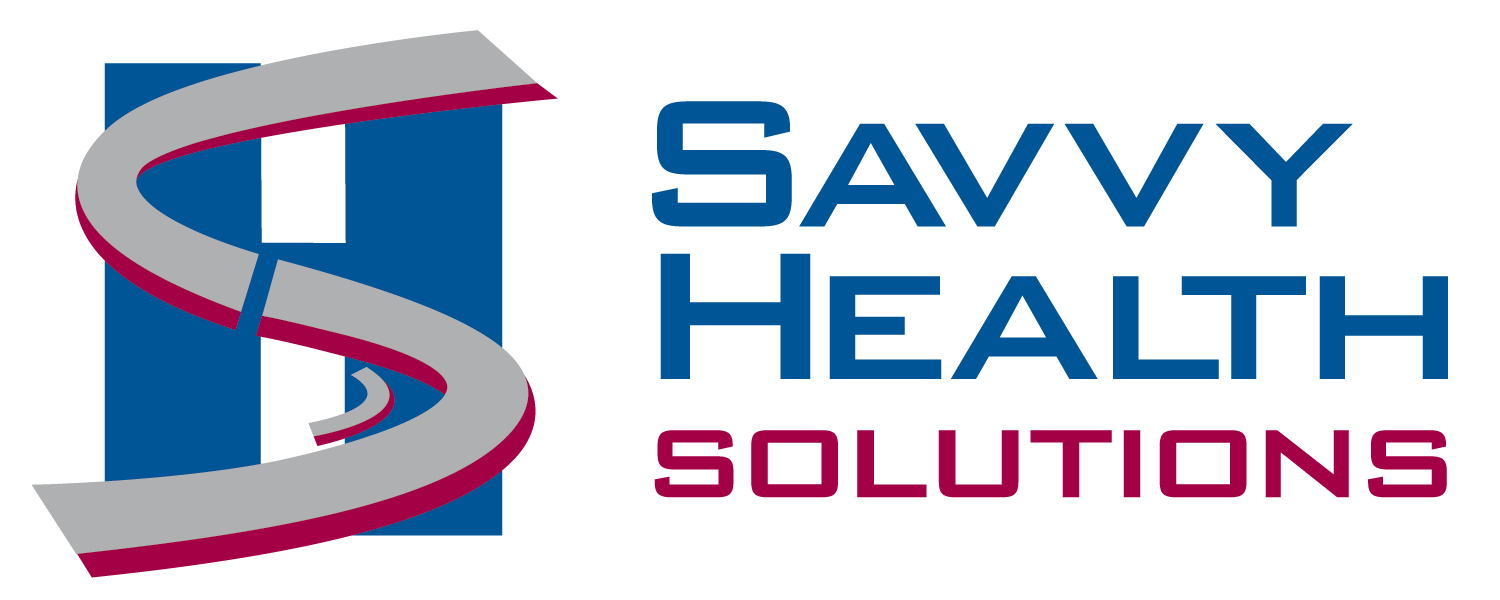Creativity, physical activity, mental well-being, alertness, improved teamwork – these are just some of varied benefits of interspersing walking meetings into your regular meeting schedule. This article covers not just the benefits but more importantly, the logistics for planning and managing walking meetings in the workplace.
Walking Meetings Offer:
• Physical activity that fits into the day
• Energized and more alert participants
• Different environments to inspire new ideas
• Time outdoors, in nature, and with fresh air and light
• Improved physical and mental well-being
• Walking and talking side by side cuts through hierarchical and status distinctions and sets people at ease
• Enhanced relationship building
• Creativity and new solutions
• If the group is larger, several conversations happen at the same time and people can move around easily to talk to others in the group
• Enhanced group identity and strengthened team spirit
• Meetings that no longer feel like a waste of time
• Process as helpful as product
• Utilitarian purposes can be added, such as fitting in errands
Who the Meeting is with:
- One on One Meetings
Meeting as a pair tends to be easy. Walking breaks down the barrier of a desk and chair, and lets people communicate more equally.
- Small Group Meetings of 3-5
Meetings with three or more can be affected by the width of the sidewalk or path, variations in terrain, and possible physical barriers. This size group is flexible, as discussion can occur while walking, or if desired the group can stop along the walk.
- Medium Size Groups of 6-15
Meetings with larger groups tend to result in more than one conversation while walking. If the whole group is to be involved, make time to stop and gather as a whole.
- Larger Groups of 16 or More
These tend to require more planning, with a strong leader and potentially a few assistants if needed. There will be conversations while walking, then planned stops for presentations.
Planning Suggestions
- Determine Course
For very small groups, you can be more spontaneous in deciding where to go. With more people, determine a comfortable place to gather such as a coffee shop, restaurant, or covered area. Determine whether the walk will return to the start, and if not, how people will be able to get transportation. Estimate the time and consider how to adjust the walk to fit the allotted time.
- Roles: Leadership, Recording
A leader/organizer is not needed for smaller groups, but may be necessary for large groups. Very large groups may even need a leader with several assistants. If there is need to record the discussion or decisions, designate someone to take notes or use a recorder.
- Process
Discussion in small groups can occur simply while walking. With larger groups, the gathering time can be used to let people get to know each other, and to preview the goals and course of the walk. Because people will be involved in multiple conversations while walking, plan to have stopping points to gather periodically. This can be a time to focus on something in the environment, or to have a speaker lead a discussion.
- Evaluation
Ask for verbal feedback after the walk or use a simple questionnaire.
Dealing with Challenges
- Noise
For small group meetings, some ambient noise can actually increase the privacy of the meeting. For large meetings in areas with high levels of ambient noise, consider a bullhorn!
- Cell Phones
Ask people to turn off cell phones before the meeting, because people often feel even less inhibited taking a call during a meeting held out of doors.
- Narrow Walkways
Think about a route or loop that accommodates the size of your group. Larger groups often will prefer to do most of the conversing at specific points in the walk which enables the group to gather together.
- Diversity of Walking Paces
Splitting the group into slower and faster mini groups can address this concern.
- Following an Agenda
Include stops to punctuate the meeting, with each stop representing the transition from one topic in the agenda to another.

